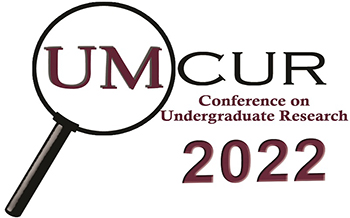Project Type
Poster
Faculty Mentor’s Full Name
Kate Brayko
Faculty Mentor’s Department
Education
Abstract / Artist's Statement
Within schools across the country, cell phone usage has been and continues to be a pervasive problem. While this issue has been noted as far back as the advent of cell phones, there seems as of late to be a troubling trend of excessive cell phone usage within class. Since the Covid-19 pandemic relegated students to learning digitally within their homes, students returning to physical classrooms are struggling with re-learning what it looks like to be a member of a functioning learning environment. The issue most glaringly represented and difficult to address is phone usage within the classroom. Time spent on phones in the classroom routinely detracts from the time students are able to spend learning and. They have also been proven to be detrimental to student attention, scholastic achievement, and information retention. Successfully addressing this problem has shown to significantly improve exam scores, especially in lower-performing students. Therefore, successfully addressing student phone usage can be an effective strategy to address some educational inequalities. As a result, teachers across the country are making an effort to find a solution to the problem. This study examines one potential solution and analyzes its efficacy in a secondary English classroom.
Category
Humanities
Cell Phone Usage in Secondary Schools: A Pervasive Post-Pandemic Problem
UC South Ballroom
Within schools across the country, cell phone usage has been and continues to be a pervasive problem. While this issue has been noted as far back as the advent of cell phones, there seems as of late to be a troubling trend of excessive cell phone usage within class. Since the Covid-19 pandemic relegated students to learning digitally within their homes, students returning to physical classrooms are struggling with re-learning what it looks like to be a member of a functioning learning environment. The issue most glaringly represented and difficult to address is phone usage within the classroom. Time spent on phones in the classroom routinely detracts from the time students are able to spend learning and. They have also been proven to be detrimental to student attention, scholastic achievement, and information retention. Successfully addressing this problem has shown to significantly improve exam scores, especially in lower-performing students. Therefore, successfully addressing student phone usage can be an effective strategy to address some educational inequalities. As a result, teachers across the country are making an effort to find a solution to the problem. This study examines one potential solution and analyzes its efficacy in a secondary English classroom.
